Well, it turns out convention season might be a good time to launch Kickstarter projects, but it’s tough for the blogger. A slew of new board game projects started up last month in order to coincide with Gen Con and PAX—a lot of the game designers were at the conventions running demos or drumming up publicity. Unfortunately, with all the new games I’ve been trying out I haven’t had time to delve into these as much as I’d like.
With that in mind, here are several Kickstarter projects that have caught my attention recently, with just a little bit about each.
Stack & Attack
Full disclosure: I love deck-building games. Sure, maybe the mechanic is a little overused these days but I happen to like shuffling cards so it’s one of my favorites. Stack & Attack, however, puts some interesting twists on the mechanic.
Here’s the story: you’re all cavemen, building towers of rocks—and throwing rocks to knock down the other towers. The costs are actually in action points rather than the typical currency-based systems, and you can use rocks in your hand to build your tower or attack others. The trick, though, is that either way that card is no longer in your deck—and your deck is what you use to protect yourself from other thrown rocks. You have to make tough choices on stacking, attacking, or buying new cards from the quarry to balance out your approach.
Egra Games tried to take a risk-reducing approach to their Kickstarter campaign: before launching, they completed nearly all of the artwork and printed up a hundred beta copies to send out to reviewers and playtesters and local game stores, so they got a taste of the production end of things and got opinions and feedback about the gameplay. I’ve only gotten to play the game once so far but it’s definitely intriguing and worth checking out.
Cubist
Alf Seegert’s games have fascinating game mechanics: each game of his is completely different from the others, and even his own take on deck-building had its own unique flavor. Cubist, a joint design by Seegert and his friend Steven Poelzing, is about building a new modern art museum. First you create sculpture installations using dice, which then allows you to contribute dice toward the construction of the museum itself. There are various rules that govern how you can assemble the dice into sculptures, and the artist cards put special abilities into play.
I wasn’t able to get a prototype to actually try out the game, but based on the rest of Seegert’s games, I know Cubist will be eye-opening. The game will be published by Eagle & Gryphon Games, which has delivered several Kickstarter projects and generally does a good job with quality components.
Belle of the Ball
Here’s another upcoming game that has a nice pedigree: Belle of the Ball, designed by Daniel Solis and published by Dice Hate Me Games. I saw a very early prototype of Belle a while ago, and then played the nearly-final version at Gen Con this year. It’s a set-collection sort of game: you invite guests to your fancy ball, grouping them by their interests so they’ll have delightful conversations with each other. The Belle herself can cause a mirth, mischief, or mayhem.
But it must be pointed out that a big part of the fun is reading the silly names and titles out loud as you invite guests to your party. Try announcing “Lord Capable Canklerack, Quill of Craw” in your most dignified voice. I’d say the gameplay is a bit closer to Carnival than VivaJava, but if you’re willing to be a little goofy you can have a lot of fun with it. The artwork by Jacqui Davis is excellent and seals the deal for me, plus with all the various stretch goals they’ve hit, they managed to add a lot of extras for every backer.
Ninja Dice
I saw Ninja Dice briefly at Gen Con as well: Jeff Gracia of Greenbrier Games, publishers of Zpocalypse, have this very different press-your-luck dice game. As with, say, Dungeon Roll, you have a set of dice (the House) that determine your challenges for the round and then a set of dice (the Skills) that you use to overcome those challenges for treasure. However, there are a couple of important differences. First, the location and orientation of the dice matter: there’s a Fortune skill which lets you increase the value of one of your other skills—as long as it’s pointing in the right direction. Secondly, every time you decide to roll again, all of your opponents get to roll Threat dice—which can let them steal treasure from you or each other, or limit the number of turns you take.
The orientation of the dice is fun because of the way it uses one more piece of information from the dice that is usually ignored. The Threat dice keep the game from being essentially several people playing solitaire in turn. You get the most treasure if you overcome all the challenges, but each additional roll you take might cost you some treasure. It’s a quick-playing game (just three rounds) and, of course, there’s that nifty zippered ninja pouch to keep it in.
Conquest of Orion
Conquest of Orion is another game that caught my eye, and then the designer sent me a prototype, but I never managed to get a group together to try it. It’s actually a trick-taking game (like Hearts or Spades) but with a galactic conquest theme. The game is for four players (on teams), and you’re trying to get complete “systems”: a set of a Planet, Colony, and Industry (three of the four suits). However, the Ships (the fourth suit) serve as trump cards—it’s easiest to win a trick using a Ship, but they’re not worth points at the end. On top of that, during a War (which happens during ties), everyone must play Ships if they have them, so you end up spending a lot of firepower on what could be a useless battle. (Hey, just like real life!)
The Ship cards each have unique abilities, and on top of that there are Leader cards which can modify the scoring or give you other abilities during the round. It’s a fairly small game—pretty much a deck of cards—but it also has some of the cheapest “naming rights” reward levels I’ve seen. Not surprisingly, backers have already taken all of the Ship and Planet naming rights, but you can still get in on a Colony or Industry for basically a $10 add-on. Or, spend $99 (an extra $80 on top of the game) to be one of the leaders and have a custom sci-fi portrait by Rachel Marks.
Snafu
I first played a prototype of Snafu earlier this year at PAX East—I met the designer Frank Albert who had this cooperative party game about wacky characters and trading cards around. Basically you trade cards with each other until you get a set of four that matches one of the goal cards on the table. Get all of the goals matched in under 60 seconds, and you win! (And then deal out one more goal card for the next round.)
The catch is: you’ll have a character card that affects how you can play. You might have to talk like a pirate or a robot, or maybe you can’t actually look at your own cards, or perhaps you’re a compulsive liar. Suddenly, trying to trade cards and get four-of-a-kind becomes a bit trickier. (For those of you who want to make it even harder, there’s an optional 21+ expansion that turns it into a drinking game.) Snafu is a pretty silly game but is great if you like cooperative shouting matches.
Golem Arcana
Finally, here’s one for big spenders. I saw Golem Arcana running demos of their prototype (pictured above) at both Gen Con and PAX, but didn’t take a really close look since I don’t do a lot of miniature wargaming myself. But it looks pretty fascinating: the base of each miniature and the map tiles have microdots that can be read by the digital pen. You connect the pen to your mobile device, and the app keeps track of where things are on the battlefield, whether or not your moves and attacks are valid, and so on. You don’t have to worry about getting rules wrong because the app knows all the details.
Golem Arcana is from Harebrained Schemes, led by Jordan Weisman (creator of Shadowrun, Crimson Skies, BattleTech, MechWarrior, and other things you may have heard of). Of course, there’s a bit of an investment if you want to buy the game and get all the miniatures. Plus, they’ve got a hefty goal at half a million dollars, but they’re just getting started. If you’re a miniatures gamer you might want to take a look.
So, there’s a few games for you to check out! As I said before, take my suggestions with a grain of salt because most of these I’ve only gotten brief demos, but you can find out more about all of them on their campaign pages.
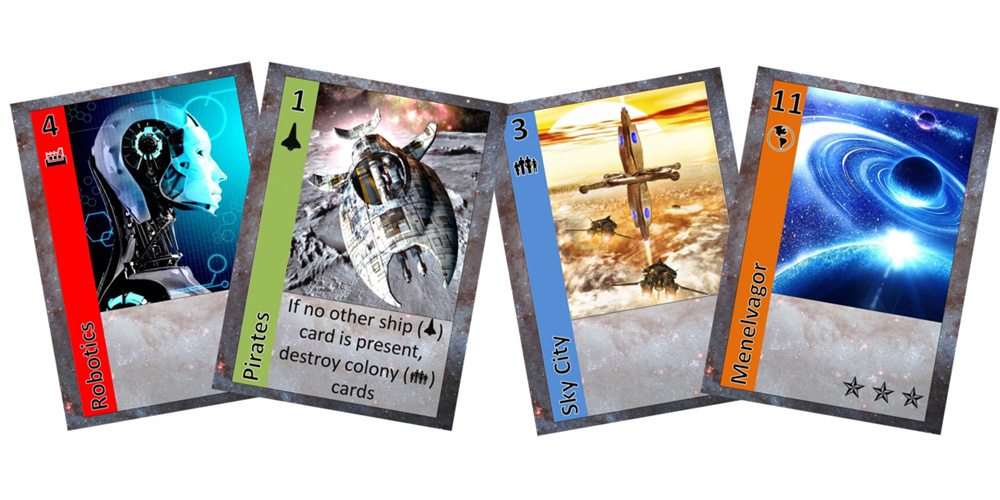
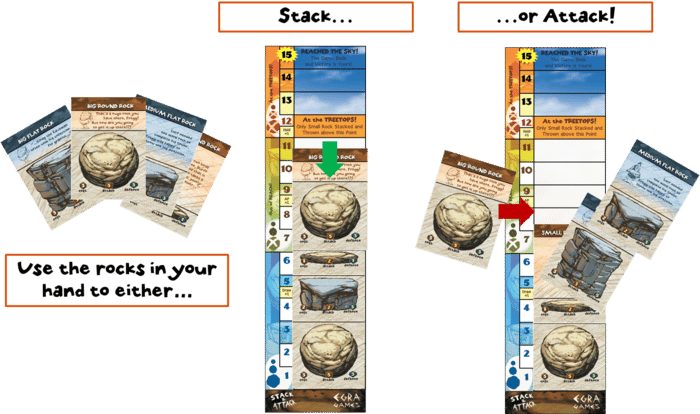
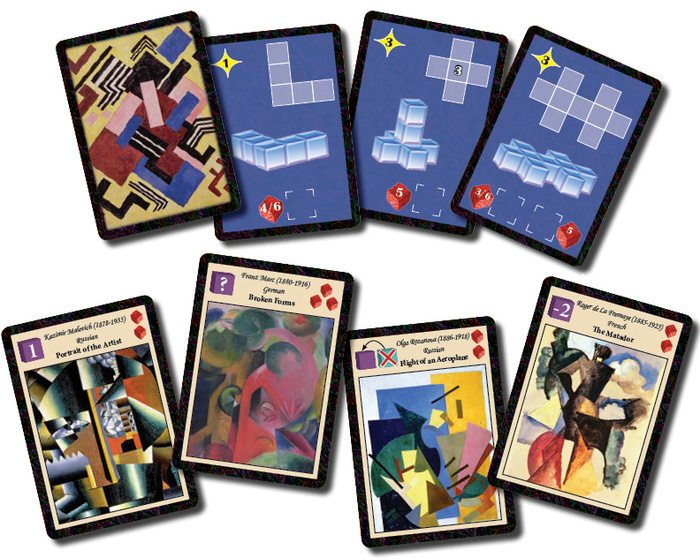


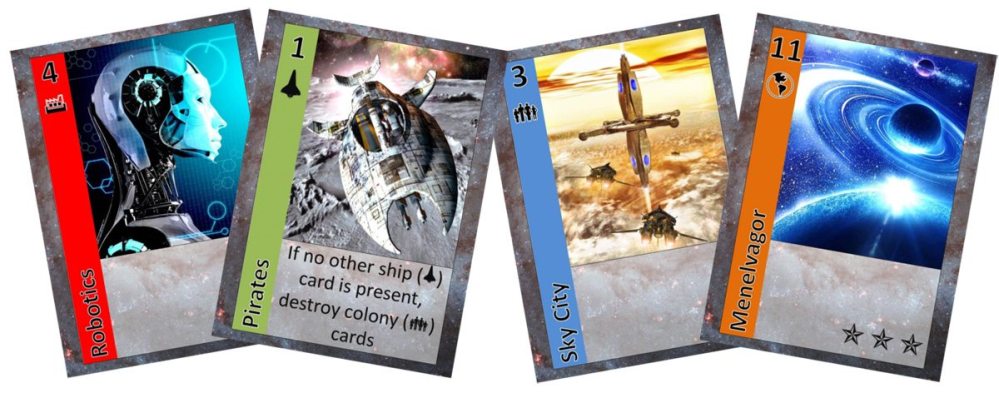

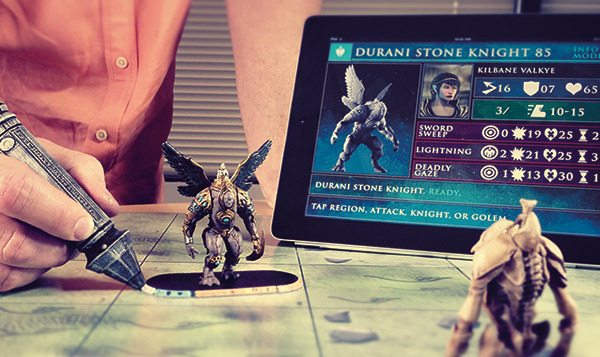



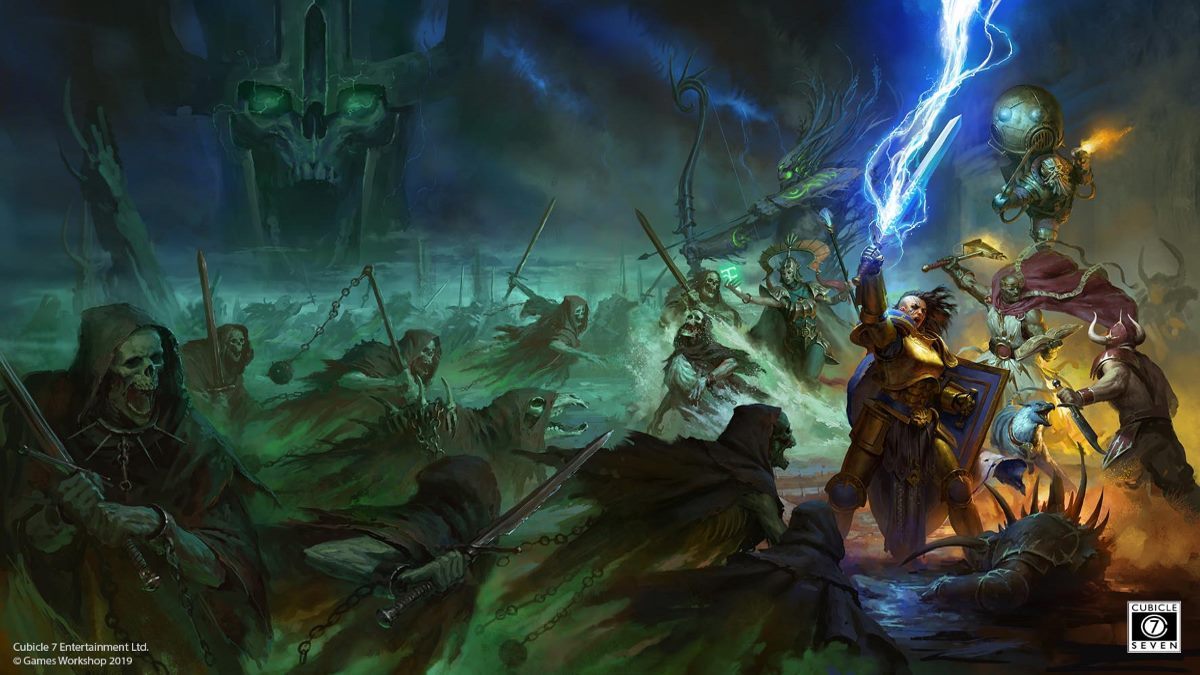
Honest question: do Kickstarter-funded games ever actually make it into game stores?
I keep expecting to see this huge influx of exciting new crowd-sourced titles down at my local GS but every time I go it’s just the same old stuff on the shelf. I like Kickstarter, but I don’t want it to become the only way to get new games.
Mercuranus, we hope to bring Stack & Attack to retail stores after our Kickstarter campaign ends. That said, I’m very interested to see how receptive hobby store owners are to carrying a product that was just Kickstarted. I’ve heard some assertions from store owners that Kickstarted games don’t sell well in a retail environment because if someone really wanted the game they would have backed the campaign in the first place.
Golem Arcana, due to its ease of entry, takes about 5 minutes to sit down and get to serious gameplay. Using say, a 3 vs 3 set of miniature figures, it plays like a boardgame, which I did try the demo of at GenCon. There’s no question it appeals to boardgamers, not just wargamers. Strategic complexity increases with the number of miniatures you build your “army” with, requiring greater critical thinking skills. So an 8yr old (and any adult) could pick up and enjoy playing Golem Arcana with 3 miniatures vs 3 miniatures, and a 5 vs 5 game would challenge a 13yr old or older. As you increase the number of miniatures from there, the depth of play moves in to the fantasy wargaming realm. However, gameplay is much faster, as you’re not interrupting strategy and tactics decision making with constantly referencing rules minutia as there are no arguments over rules, which the app handles, rules lawyers beware!
The lore that’s building about around Golem Arcana is also fascinating, and with J.C. Hutchins, an award winning author of the 7th Son series doing the writing, it’s well written and engrossing. The demo was incredibly easy to learn and play, with deeply tactical considerations to strategize against my opponent. Most importantly, it was a lot of fun. My non-wargaming, non-RPG, Catan, Carcassonne, Chess and Cards Against Humanity playing friends who would never touch a game even as “easy” as one of the D&D boardgames, would likely sit down and love playing Golem Arcana, having to never once glance at a manual to get in to the game. I can’t wait to play it with friends and family members who can just sit down and get started, on a fantasy miniatures boardgame with me, and I know they will enjoy it. ^_^
I’ve personally seen several Kickstarted games in my local game/comic shop….some of which I pledged for, which is kind of surreal. If you’re not seeing something you’d like to, talk to the owner about it, they may be unaware that people are looking for such items. If a Kickstarted game is being published by an established publisher, it should be available through the store’s regular distributor. That said, there are some Kickstarted games that the designers never intend to have widely distributed (only selling copies via their own website) or are exclusive to Kickstarter (only a single print run to fulfill campaign pledge rewards). It just depends on what the deisgner is trying to accomplish with the campaign.